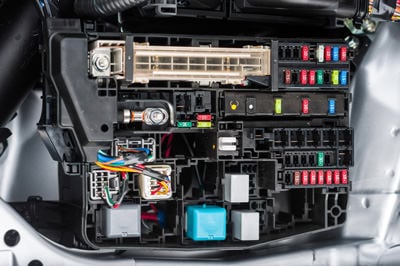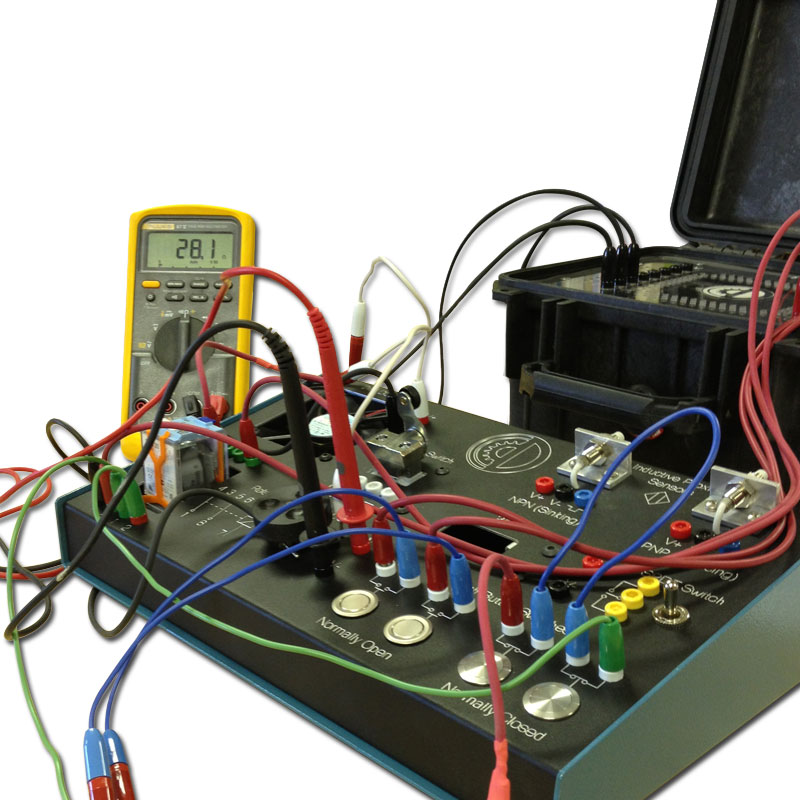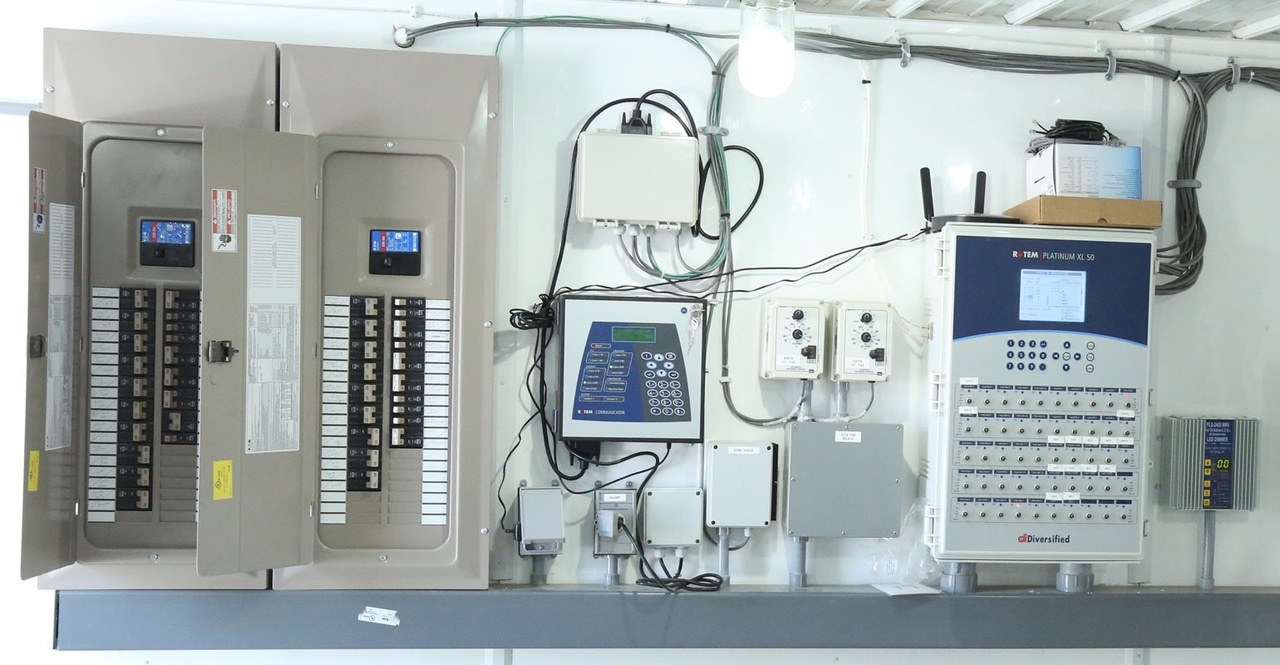Optimize systems with dedicated mechanical system optimisation support.
Optimize systems with dedicated mechanical system optimisation support.
Blog Article
Top Tips for Effective Electrical System Troubleshooting
Repairing electric systems calls for a systematic method, grounded in a detailed understanding of electrical concepts and security methods. By familiarizing oneself with circuit elements, utilizing crucial tools, and sticking to a structured evaluation technique, experts can properly identify and settle problems. The subtleties of efficient troubleshooting expand past plain technical understanding; recognizing how to record searchings for and prioritize security can dramatically influence outcomes. As we discover these important elements further, it ends up being clear that understanding this procedure is not just beneficial yet vital for success in the area.
Understand the Essentials
Recognizing the essentials of electric systems is crucial for effective troubleshooting, as a strong structure enables technicians to diagnose and resolve concerns a lot more efficiently. An extensive understanding of electric principles, such as voltage, current, resistance, and power, is vital in determining the source of troubles. Voltage is the electric potential distinction that drives current through a circuit, while resistance opposes the circulation of existing, impacting the overall performance of the system.
Experience with circuit components, consisting of resistors, capacitors, diodes, and changes, is additionally extremely important. Each component plays a distinctive function in circuit habits and can affect efficiency when malfunctioning. In addition, comprehending series and identical circuit arrangements is important, as these setups influence the circulation of voltage and present within the system.
Specialists need to be mindful of potential risks, such as shock and brief circuits, to carry out secure troubleshooting techniques. By mastering these foundational concepts, service technicians improve their capability to perform effective diagnostics and repairs, eventually leading to improved performance and integrity of electric systems (electrical system troubleshooting).
Gather Necessary Devices
Efficient troubleshooting of electric systems needs the right set of tools to detect and solve problems accurately. A well-equipped service technician can considerably boost performance and effectiveness in recognizing issues. Vital tools include a multimeter, which gauges voltage, present, and resistance, permitting exact analyses of electric components. Secure meters are additionally useful for gauging existing without disconnecting the circuit, guaranteeing safety and security and benefit.
Additionally, shielded hand devices such as screwdrivers, pliers, and wire strippers are important for safely manipulating electric connections. It is additionally suggested to have a circuit tester handy to verify the existence of voltage in electrical outlets and cables. For even more complicated systems, a thermal imaging camera can help spot overheating parts, suggesting possible failures.

Follow a Methodical Method
Having actually collected the appropriate devices, the next action in repairing electrical systems is to follow a systematic method. A methodical method makes sure that professionals can determine mistakes effectively and precisely, lessening downtime and protecting against unneeded fixings.
Begin by assessing the system's schematic diagrams and specifications. Understanding the layout and functional criteria will certainly give context for identifying concerns. Next, isolate the issue area by utilizing a process of removal. This entails monitoring each element systematically, starting from the power resource and functioning towards the load.
Make use of screening equipment, such as multimeters and oscilloscopes, to collect objective data concerning voltage, existing, and resistance at different points within the system. This empirical proof will guide your troubleshooting efforts and help to validate or get rid of prospective sources of failing.
Furthermore, take see post into consideration environmental elements that might influence the system's performance, such as temperature changes or dampness access. A comprehensive examination of electrical wiring, links, and components will certainly ensure that all possibilities are accounted for.
File Your Findings
Thorough documentation is necessary in the repairing procedure see this of electric systems. This technique not just help in recognizing the origin reason of the trouble yet also offers as a referral for future fixing efforts.

Additionally, keeping a log of parts changed or repair services done is vital. This info supports inventory monitoring and can aid analyze the long life and dependability of specific elements.
Ultimately, the documents process must be comprehensive yet concise, making it possible for simple retrieval and testimonial - electrical system troubleshooting. By prioritizing thorough paperwork, service technicians can create a beneficial data base that not just aids in present troubleshooting but additionally empowers future upkeep initiatives, thus boosting general system integrity

Prioritize Safety Procedures
Acknowledging the inherent threats associated with electric systems is crucial for making sure safety throughout troubleshooting. Electric shock, burns, and equipment damage are simply a few of the prospective dangers that technicians face. Focusing on safety procedures is not only a legal responsibility yet likewise a moral essential that safeguards both the professional and the surrounding atmosphere.
Prior to starting any kind of troubleshooting task, specialists need to don suitable individual safety equipment (PPE), including shielded gloves, safety glasses, and flame-resistant clothes. Making sure that the job location is dry and devoid of mess can considerably decrease the danger of crashes. It is important to read this de-energize circuits before starting any kind of job, confirming that they are not live with the use of a multimeter or voltage tester.
Establishing clear interaction procedures with staff member is likewise important; this makes certain that every person recognizes prospective threats and the standing of the electric system being functioned on. Last but not least, having an emergency situation action plan in position can show vital in case of an occurrence. By focusing on security steps, specialists can effectively minimize threats and foster a much safer work environment.
Final Thought
Efficient electrical system repairing relies upon an extensive understanding of basic concepts and a systematic method. By gathering crucial devices, adhering to organized evaluation strategies, and thoroughly recording searchings for, the fixing process becomes a lot more efficient and trusted. Prioritizing security procedures makes certain the wellness of people included and the integrity of the electric system. Implementing these techniques will boost the fixing experience, bring about quicker resolutions and enhanced operational performance in electrical systems.
Report this page